Table of Contents
What is Chartreuse Color?
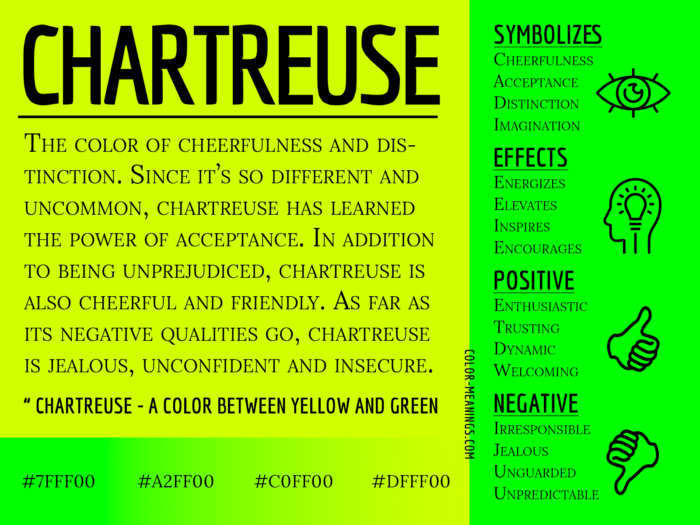
Chartreuse is a fascinating color that’s a mix of yellow and green. It got its name from a special liqueur created by monks long ago. This vibrant and mysterious color has become popular in many areas like art, design, fashion, and marketing.
Definition and Origin
Chartreuse is a special color that mixes yellow and green, making it bright and attention-grabbing. It got its name from a type of alcoholic drink called Chartreuse liqueur. This drink was made by monks in France a long time ago, and its green color gave the hue its name.
The Unique Properties of Chartreuse
Chartreuse is a unique color that stands out because it’s both bright and subtle. It’s like a neon color that grabs attention, but it also has a classy and sophisticated feel that makes it different from usual colors. Because of these special qualities, artists, designers, and marketers love to use Chartreuse to make bold and unforgettable statements.
Historical Significance and Cultural Connections
Chartreuse has a long history that began in a monastery in the French Alps during the 18th century. It was a famous liqueur created there. As time passed, color became important in various cultures and religions, representing spiritual ideas. Even now, people find its fascinating past and cultural meanings captivating and motivating.
Similar read: What Does Angel Number 444 Mean
The Fascinating History of Chartreuse
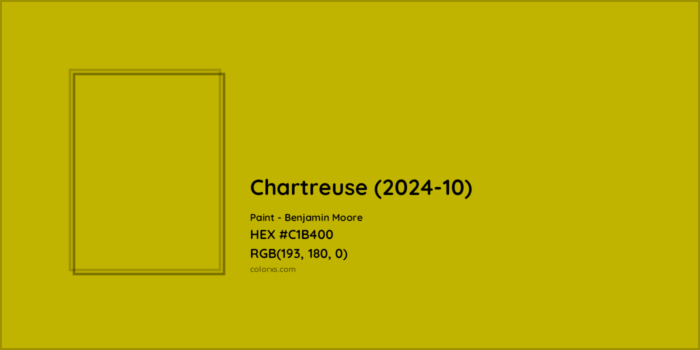
The Color’s Namesake: Chartreuse Liquor
The color called Chartreuse became famous because of a special drink called Chartreuse liqueur. It was made by monks in the 18th century and had a secret recipe given to them by someone who worked for the King of France. The drink’s bright green color came from mixing different plants and herbs, and that’s why we now call this color “Chartreuse.”
Long ago, Catholic monks known as Carthusians made the Chartreuse liqueur as medicine. But people loved its special flavor and bright color, so it became famous all around the world. The name “Chartreuse” became linked to both the drink and the color, becoming an important part of history and culture.
Chartreuse in Art and Design Throughout the Ages
Chartreuse’s captivating color has been loved by artists and designers throughout history. Famous painters like Henri Matisse and Vincent van Gogh used it to bring life and energy to their artworks. It can make people feel lively and active, so artists chose it to add excitement to their creations.
In design, chartreuse is also popular. It’s used in interior design and graphics to make things look modern and eye-catching. Whether it’s a simple or bold design, chartreuse fits in well and gives a fresh and contemporary feel.
Chartreuse in Fashion and Pop Culture
In fashion, chartreuse is seen as a bold color choice. Designers use it in clothes and accessories to create attention-grabbing looks. Chartreuse outfits and accessories have been seen on runways and red carpets, making a strong fashion statement and impressing fashion fans.
In pop culture, chartreuse is popular too. It appears in movies, TV shows, and music videos as a symbol of creativity, energy, and new ideas. Celebrities and influencers love to use Chartreuse in their fashion and branding to stand out and be unique.
Similar read: What Is The Meaning Of SMH
Chartreuse Color in Nature

The bright and fascinating chartreuse color exists in many parts of nature, like plants, animals, and rocks. When people see this color in nature, it can create special feelings in their minds, making it a color that’s interesting and captivating.
Chartreuse in Flora and Fauna
Chartreuse colors are common in nature, adding bright splashes of vivid color to natural scenes. In plants, you can see chartreuse in the leaves of certain trees and shrubs, especially in spring and summer. Examples include new growth on trees like beech and birch, as well as leaves on certain tropical plants.
In the animal kingdom, chartreuse appears in the feathers of specific bird species like the green parakeet and the Eclectus parrot. Some reptiles and insects also have chartreuse color, which helps them blend in or attract mates.
Geological Formations and Chartreuse Tones
Chartreuse colors can also be found in some gemstones and crystals like peridot and green fluorite, giving a vibrant touch to the Earth’s landscapes. Moreover, certain algae and mosses that grow in particular places showcase chartreuse shades, adding to the colorful beauty of rocks and natural scenes.
The Psychology of Chartreuse in Natural Settings
Chartreuse in nature can affect our emotions and thoughts in special ways. The mix of yellow and green in chartreuse is believed to make us feel lively, energetic, and full of growth. When we see chartreuse in nature, it can make us feel refreshed and positive.
The bright color also grabs our attention and has important roles in nature. Certain flowers and fruits use chartreuse to attract pollinators, and some insects show chartreuse colors as a warning to scare away predators. Because chartreuse is not common in nature, it becomes fascinating and memorable, making us appreciate the beauty of the natural world even more.
Similar read: ISTG Meaning In Text Messaging
The Science Behind Chartreuse
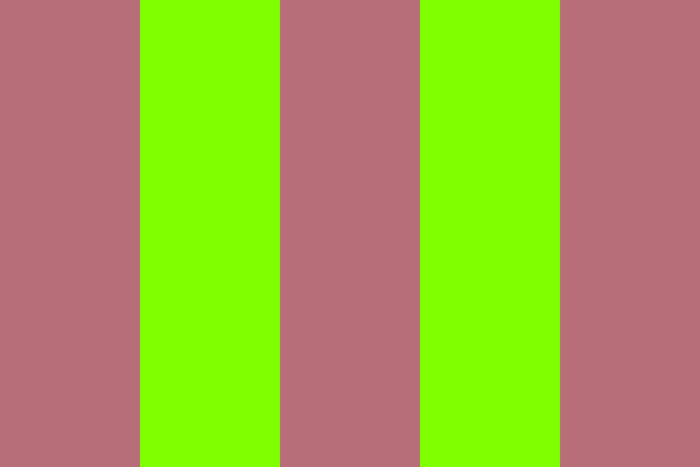
Chartreuse is a color that scientists find interesting because it’s unique on the color spectrum and has fascinating qualities. Studying where it fits in the spectrum, how people see it, and how it’s made helps us understand why it’s so captivating and mysterious. It’s all about exploring the science behind its special charm.
Understanding the Color Spectrum and Chartreuse’s Placement
The color spectrum is a range of colors we can see, from violet to red. Chartreuse sits between yellow and green. It can look like a pale greenish-yellow or a bright lime green, depending on how strong it is.
The reason chartreuse is in this spot on the spectrum is because of the different light wavelengths that make our green and yellow cones in the eyes react. The mix of these wavelengths gives chartreuse its special look, making it unique among all the colors.
The Role of Human Perception and Chartreuse
Our eyes are essential in how we see chartreuse. We have three types of cones in our eyes, and each one sees different colors – red, green, and blue. Chartreuse’s place on the color spectrum makes it activate both the green and yellow cones, giving it a bright and eye-catching look. This special effect makes chartreuse attractive for different uses like art, design, advertising, and branding.
How Chartreuse is Created and Replicated
Making chartreuse involves both art and science. In art, artists and designers mix yellow and green colors to get the right chartreuse shade. They make sure it’s bright and consistent in their work.
In manufacturing and printing, experts use color-matching techniques like the Pantone system to reproduce chartreuse accurately for different uses, like printing and product design.
In chemistry, chartreuse dyes and pigments are made using specific chemical compounds that interact with light to create color. These compounds can be natural or synthetic, and scientists carefully make them to get the exact chartreuse hue. To truly capture chartreuse’s beauty and complexity, it’s crucial to understand color science and pay attention to the details in the process.
Similar read: Google Word Coach
Cultural Symbolism and Meanings of Chartreuse
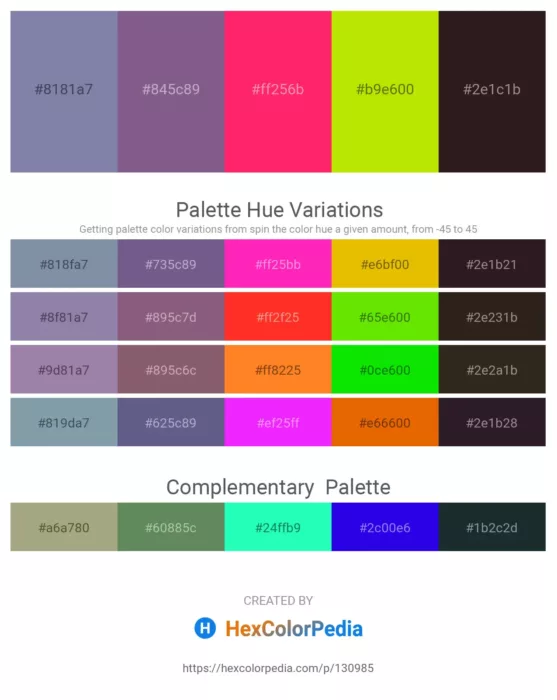
Chartreuse is not just visually appealing; it also has important meanings in various aspects of human life. It’s significant in religion, spirituality, and cultures worldwide. It’s even used as a symbol for modern movements.
Chartreuse in Religion and Spirituality
In some religious and spiritual contexts, chartreuse is associated with deeper symbolism and significance. The color’s roots in the Chartreuse liqueur, produced by Carthusian monks, have fostered connections between Chartreuse and religious practices.
Christianity: The Carthusian monks’ creation of Chartreuse liqueur and the color’s association with their religious order have led to Chartreuse being linked with Christian spirituality. The color may symbolize devotion, contemplation, and spiritual growth.
Buddhism: In certain Buddhist traditions, chartreuse is used in ceremonial garments and sacred art. It can represent wisdom, enlightenment, and the awakening of consciousness.
New Age Spirituality: Chartreuse is sometimes associated with energy centers or chakras, with the heart chakra being linked to this color. It represents love, compassion, and harmony.
Chartreuse in Different Global Cultures
Chartreuse’s significance and meaning extend to diverse cultures around the world. In each culture, the color may evoke unique associations and emotions.
Japan: In Japanese culture, chartreuse is associated with nature and has connections to springtime and renewal. It may symbolize new beginnings and growth.
India: Chartreuse can be linked to the traditional color of saffron, a significant hue in Indian culture. It may represent purity, spirituality, and courage.
Latin America: In some Latin American cultures, chartreuse is linked to celebrations and festivities. It can symbolize joy, happiness, and abundance.
Chartreuse as a Symbol of Modern Movements
In contemporary contexts, chartreuse has become a symbol of modern movements and causes, representing certain ideologies and themes.
Environmentalism: Chartreuse’s vibrant and natural qualities align with environmental movements, symbolizing sustainability, growth, and a connection to nature.
Creativity and Innovation: Chartreuse’s uniqueness and creative energy make it an emblem of artistic expression, innovation, and out-of-the-box thinking.
Social Causes: Chartreuse has been adopted as a color of awareness for various social causes, such as mental health, LGBTQ+ rights, and gender equality.
Fashion and Lifestyle: Chartreuse has made a strong presence in fashion and lifestyle trends, symbolizing boldness, confidence, and forward-thinking attitudes.
Similar read: What is MKV Movies?
Psychological Effects of Chartreuse
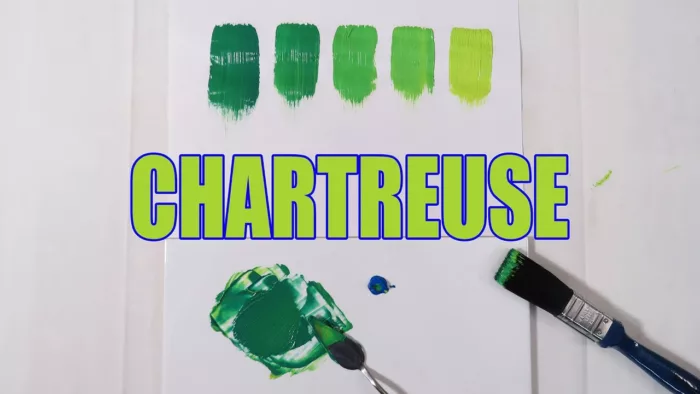
Chartreuse is a lively and vibrant color that can strongly influence how people feel. It has the power to affect moods and emotions, making it useful in marketing strategies and even having therapeutic advantages. The psychological effects of chartreuse are diverse and fascinating.
Chartreuse’s Impact on Mood and Emotions
The color chartreuse can make people feel different emotions and change their moods. Its mix of yellow and green is what gives it this power.
Energizing and Uplifting: Chartreuse’s brightness and intensity can evoke feelings of energy and excitement. It is often associated with a sense of vibrancy and enthusiasm, uplifting the spirits of those who encounter it.
Cheerfulness and Positivity: The hue’s lively and refreshing nature can promote a sense of cheerfulness and optimism. Chartreuse’s presence may help combat feelings of sadness or gloom, replacing them with a more positive outlook.
Creativity and Inspiration: Chartreuse’s vividness stimulates the mind and imagination, fostering creativity and inspiring innovative thinking. It is a color that encourages exploration and the generation of new ideas.
Youthfulness and Playfulness: The youthful and playful aspects of chartreuse make it an attractive choice in settings where a lighthearted and fun atmosphere is desired.
Chartreuse in Marketing and Advertising
Marketers and advertisers recognize the power of chartreuse in capturing attention and influencing consumer behavior. Its unique visual properties make it an effective tool in the advertising industry.
Attention-Grabbing: Chartreuse is a very bright and unique color that easily catches people’s attention. In advertisements, using chartreuse strategically can help highlight important things, like calls to action or key product features, by making them stand out.
Memorability: The unusual and striking nature of chartreuse can contribute to brand memorability. When used consistently in branding and marketing materials, it helps create a strong and recognizable brand identity.
Youthful and Modern: Chartreuse is often associated with modernity and innovation, making it an appealing choice for brands that want to convey a youthful and forward-thinking image.
Eco-Friendly and Sustainable: Given its associations with nature and growth, chartreuse is sometimes used by environmentally conscious brands to convey eco-friendly and sustainable values.
The Use of Chartreuse in Therapeutic Settings
Chartreuse’s psychological effects also find application in therapeutic settings, where color therapy and environmental psychology come into play.
Stress Reduction: In therapeutic environments, chartreuse may be used to promote relaxation and stress reduction. Its lively yet calming presence can help create a soothing atmosphere.
Enhancing Creativity: Chartreuse’s ability to stimulate creativity makes it valuable in therapeutic settings focused on artistic expression and creative therapies.
Emotional Healing: The color’s positive and uplifting qualities can be harnessed to support emotional healing and well-being.
Color Therapy: In color therapy, chartreuse is used to promote both physical and emotional well-being. It’s linked to the heart chakra and is thought to help with emotional balance and love.
Similar read: How To Buy Dogecoin On EToro?
Chartreuse in Cinematography and Film
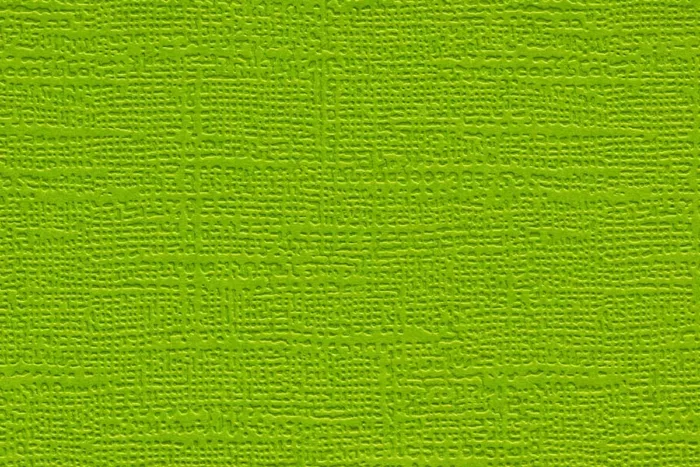
Chartreuse’s bright and captivating color has become popular in movies, adding visual interest and deeper meanings to different scenes. It’s used symbolically and influences the way stories are visually told, making the movie experience even more intriguing.
Iconic Movie Scenes Featuring Chartreuse
Over the years, chartreuse has graced the screens in several iconic movie scenes, leaving a lasting impression on audiences worldwide.
The Great Gatsby (2013): In Baz Luhrmann’s adaptation of F. Scott Fitzgerald’s classic novel, chartreuse is prominently featured in opulent party scenes, reflecting the extravagant and luxurious ambiance of Gatsby’s world.
The Matrix (1999): The Matrix trilogy incorporates chartreuse tones in the iconic digital rain scenes, creating a visually striking and futuristic atmosphere that aligns with the film’s cyberpunk theme.
Blade Runner (1982): The neon-lit streets of the futuristic Los Angeles in Blade Runner feature chartreuse hues, setting the tone for the film’s dystopian and visually stunning world.
Alice in Wonderland (2010): Tim Burton’s interpretation of Lewis Carroll’s classic tale features chartreuse elements in the whimsical and surreal landscapes of Wonderland, adding to the dreamlike and fantastical ambiance.
Symbolic Use of Chartreuse in Film
In cinema, chartreuse is sometimes used symbolically to convey specific themes, emotions, or character traits.
Enchantment and Fantasy: Chartreuse is often employed in films with magical or fantasy elements, representing enchantment and otherworldliness. Its bright and ethereal quality contributes to the otherworldly atmosphere of such stories.
Mystery and Intrigue: In thrillers and mysteries, chartreuse can be used to create an air of intrigue and ambiguity, heightening suspense and keeping the audience on edge.
Transformation and Rebirth: Chartreuse’s association with growth and renewal makes it suitable for scenes depicting characters’ transformations or moments of rebirth.
Psychological States: In psychological thrillers or films exploring the human psyche, chartreuse can be used to symbolize altered mental states or the surreal nature of dreams and memories.
The Influence of Chartreuse on Visual Storytelling
Chartreuse’s vivid and captivating presence can significantly impact visual storytelling, adding depth and emotion to the narrative.
Visual Contrast: The juxtaposition of chartreuse with other colors can create striking visual contrasts, drawing attention to specific elements in a scene and enhancing its visual impact.
Emotional Resonance: Chartreuse’s ability to evoke various emotions, from excitement to tranquility, allows filmmakers to use it strategically to amplify the emotional resonance of specific scenes.
Character Expression: The use of chartreuse in costume design or set decoration can offer insights into a character’s personality, emotions, or intentions.
Visual Symbolism: Chartreuse can be used as a recurring visual motif throughout a film, symbolizing themes, character arcs, or the overall mood of the story.
- What Does the Red Heart Mean on Snapchat? - April 23, 2024
- What Is a TF Card and How Does it Work? - April 20, 2024
- 10 Best Instagram Reels Downloader in 2024 - April 17, 2024





